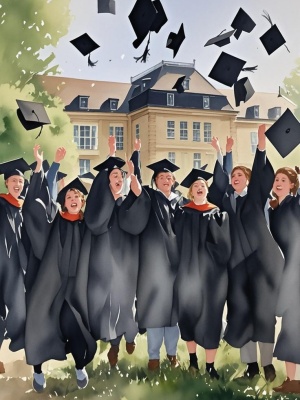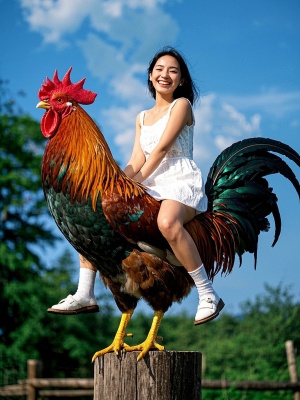The Art and Technique of Real Watercolor Painting
Introduction: The Timeless Appeal of Watercolor
Real watercolor painting is a centuries-old art form that continues to captivate artists and art lovers alike. Unlike digital alternatives, traditional watercolor offers a unique blend of spontaneity, transparency, and luminosity that is difficult to replicate. Whether you're a beginner or an experienced artist, mastering watercolor techniques can open up a world of creative possibilities.
In this comprehensive guide, we'll explore the fundamentals of real watercolor painting, common challenges artists face, and practical solutions to overcome them. For those interested in digital alternatives, check out our AI Painting Guide for comparison.
The Essential Materials for Watercolor Painting
Quality Paper Makes All the Difference
The foundation of any good watercolor painting is the paper. Unlike other painting mediums, watercolor requires specially designed paper that can absorb water without warping. There are three main types:
- Hot-pressed: Smooth surface, ideal for detailed work
- Cold-pressed: Medium texture, most versatile option
- Rough: Heavy texture, creates interesting effects
Choosing the Right Paints
Professional-grade watercolor paints contain higher pigment concentrations than student-grade options. According to a study by Bruce MacEvoy, artist-quality paints can last significantly longer and produce more vibrant results.
Core Techniques Every Watercolorist Should Master

Wet-on-Wet vs. Wet-on-Dry
These two fundamental techniques create dramatically different effects:
- Wet-on-wet: Applying paint to damp paper creates soft, blended edges
- Wet-on-dry: Painting on dry paper yields sharp, defined edges
Controlling Water Flow
The water-to-paint ratio determines the transparency and flow of your washes. A common problem beginners face is overworking the paper, which can lead to muddy colors. The solution is to plan your layers and allow each to dry completely before adding the next.
Common Challenges and Professional Solutions

Problem: Paint Dries Too Quickly
Solution: Work in smaller sections, use a spray bottle to keep your palette moist, and consider adding a retarder medium to slow drying time.
Problem: Colors Appear Dull
Solution: Use high-quality pigments, layer colors strategically, and avoid over-mixing on the palette. For inspiration on color combinations, visit our gallery of watercolor works.
Problem: Paper Buckling
Solution: Stretch your paper before painting or use heavier weight paper (300gsm or more). Professional artists often tape their paper to a board to prevent warping.
Advanced Techniques for Experienced Artists
Glazing for Depth and Luminosity
By applying thin, transparent layers of paint (glazes) over dried layers, artists can achieve remarkable depth and complexity in their work. Each layer modifies the ones beneath, creating optical color mixing effects.
Negative Painting
This technique involves painting around the subject to define it, rather than painting the subject directly. It's particularly effective for creating intricate foliage or detailed patterns.
Conclusion: The Enduring Magic of Watercolor
Real watercolor painting remains one of the most expressive and challenging artistic mediums. Its unique characteristics - the way pigments flow and blend with water, the luminous quality of transparent layers, and the element of controlled unpredictability - continue to fascinate artists worldwide.
Whether you're capturing landscape scenes or creating abstract compositions, watercolor offers endless possibilities for creative expression. While digital tools like our AI image conversion can produce interesting results, they can't fully replicate the organic beauty of traditional watercolor techniques.

For those just beginning their watercolor journey, remember that mastery comes with patience and practice. Each painting, whether successful or not, brings valuable lessons that contribute to your growth as an artist.